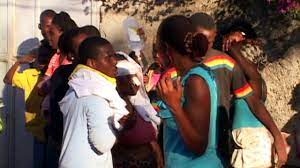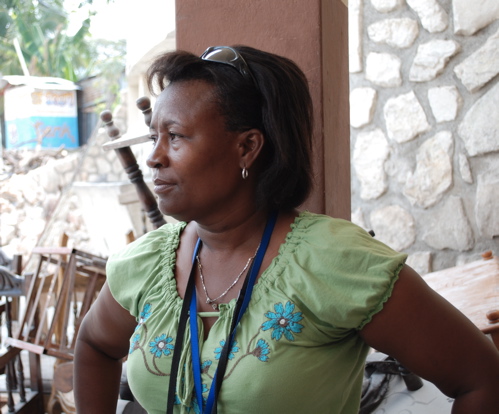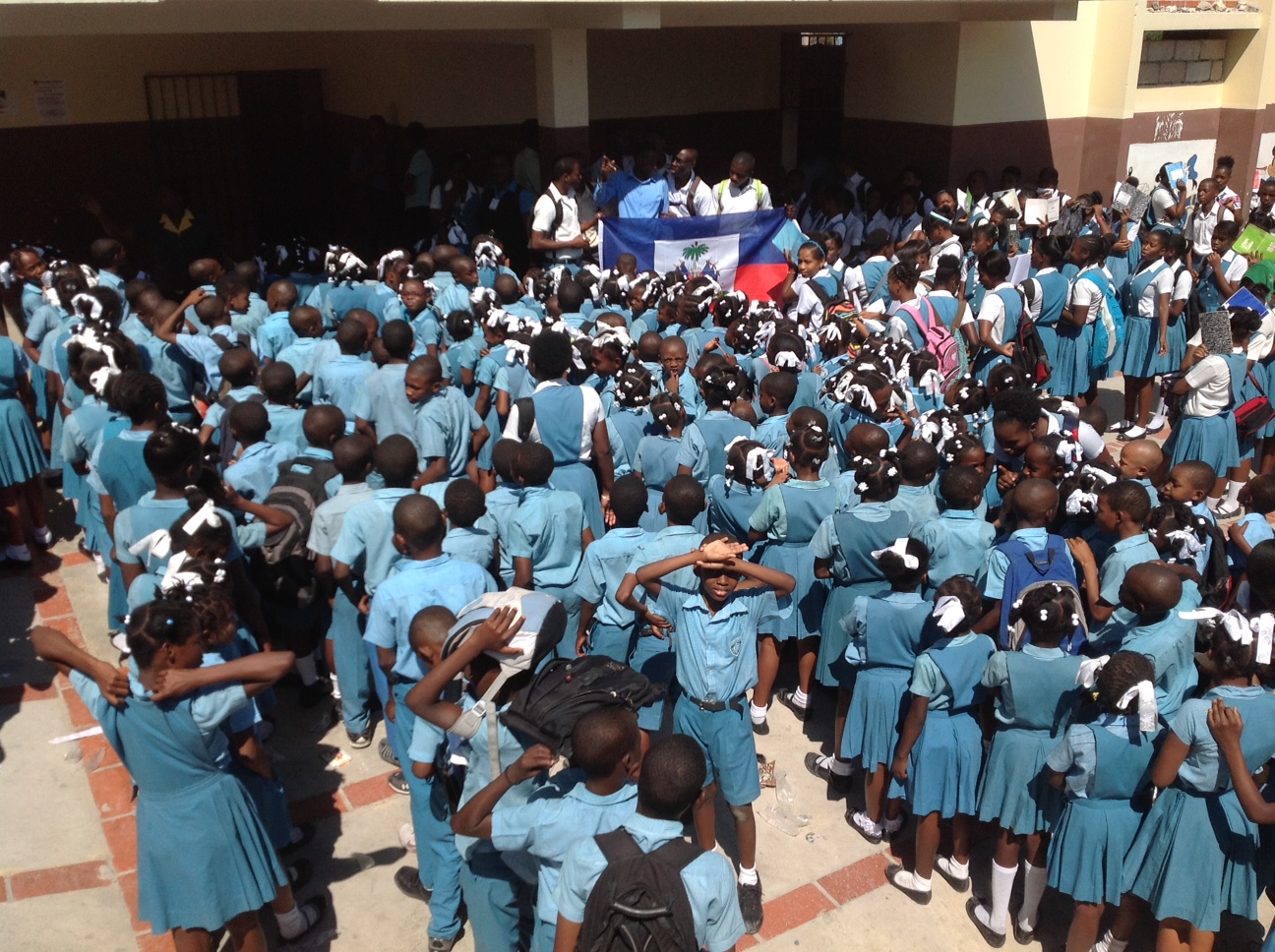
“I believe the message I could share with the Haitian people is that they must learn to say, `STOP! That’s enough. We won’t accept this anymore.’ And start claiming and defending their rights.”
“We cannot continue to live without hope.”
These are some of the concluding messages from a film, Resilient Hearts/ Kè Vanyan/ Cœurs vaillants, a documentary of the January 12, 2010 earthquake that devastated Haiti, as much in `reconstruction’ as in the event itself. For thirty five seconds, the earth shook, opened, and then a world collapsed. Thousands of people killed, thousands of thousands of people injured, maimed, displaced, traumatized. And in some ways, that wasn’t the worst of it.
The earthquake didn’t take peoples’ rights. Goudou Goudou, as the event is known, didn’t remove hope. That grand theft was committed by something called the international community.
Three years ago, many watched as women organized, in the camps, in the streets, in the countryside. Women like Jocie Philistin and Earamithe Delva, the women of KOFAVIV, Komisyon Fanm Viktim pou Viktim, the Commission of Women Victims for Victims, took their experiences from the past and applied them to the present and future. They organized. Two years ago, many watched as women continued to organize. For example, in the Morne Lazarre section of Pétion-Ville, Réa Dol continued to organize the SOPUDEP school.
KOFAVIV and SOPUDEP continue, the women continue to organize. They continue building community and building strength, and they continue to blow the whistle on sexual violence, to insist on the importance of their own autonomy and well being, as the gears of so-called reconstruction try to grind their self-respect into so much dust.
And today, after so many billions of dollar of so-called `foreign aid’, Haitians ask, “For whom are we rebuilding the country?” Massive resort development construction in previously protected agricultural zones? Palaces for a few and seemingly permanent refugee camps for many? Begging on the streets? What does rebuilding a nation mean?
And they answer, in varying ways, “STOP! We can’t accept this anymore!” Women’s groups, community organizations, trade unions, farmers and farm workers and peasant organizations, LGBT groups, and others are connecting and organizing and not so much rebuilding as building anew. They are demanding and organizing for inclusion, democracy, and sustainability, and they are demanding more than token seats at the tables where decisions are made.
They are demanding dignity. When they demand permanent housing and clean water and safe spaces and decent work and more, it’s not because infrastructure is the end all and be all, but because to build anything, especially after having come through the fires, would be a betrayal of dignity and hope. Many in Haiti say that they must build life, not death. They must build cities and farmlands of life, not temples of death for many so that a few might live richly. The story of Haiti’s reconstruction continues, day by day, and it’s a contested narrative. There is no grand triumph, neither of the will nor of capital. But the good news from Haiti is that the struggle continues. La lutte continue. Lit la ap kontinye. It’s five years already.
(Photo Credit: Vimeo / Resilient Hearts)

